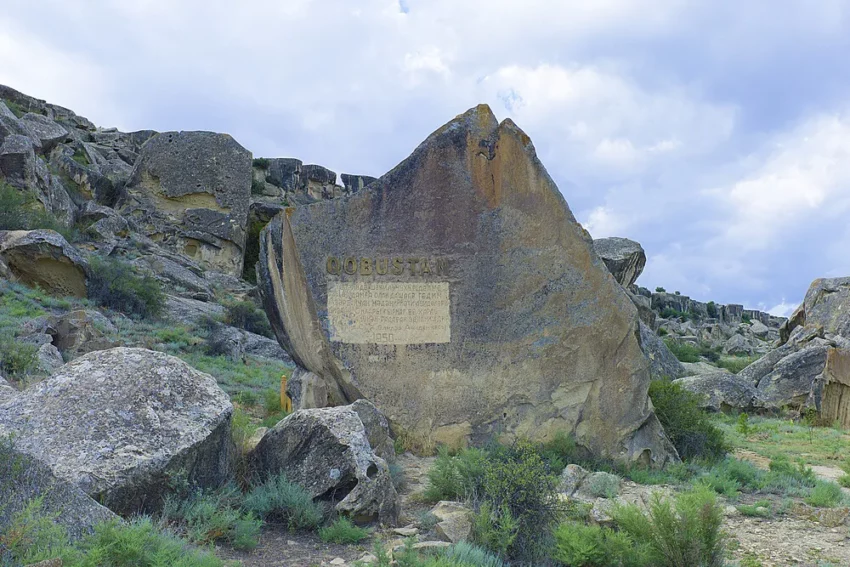The Gobustan Rock Art Cultural Landscape, a UNESCO World Heritage site, is a hill and mountain site in Azerbaijan. It is famous for its ancient rock drawings, mud volcanoes, and gas-stones. The petroglyphs date back to between 5,000 and 40,000 years ago. They provide a glimpse into prehistoric life, showcasing rituals, dances, battles, and daily activities of the era’s inhabitants. Gobustan’s significance extends beyond art, as it offers insights into the region’s paleolithic era.
Get your dose of History via Email
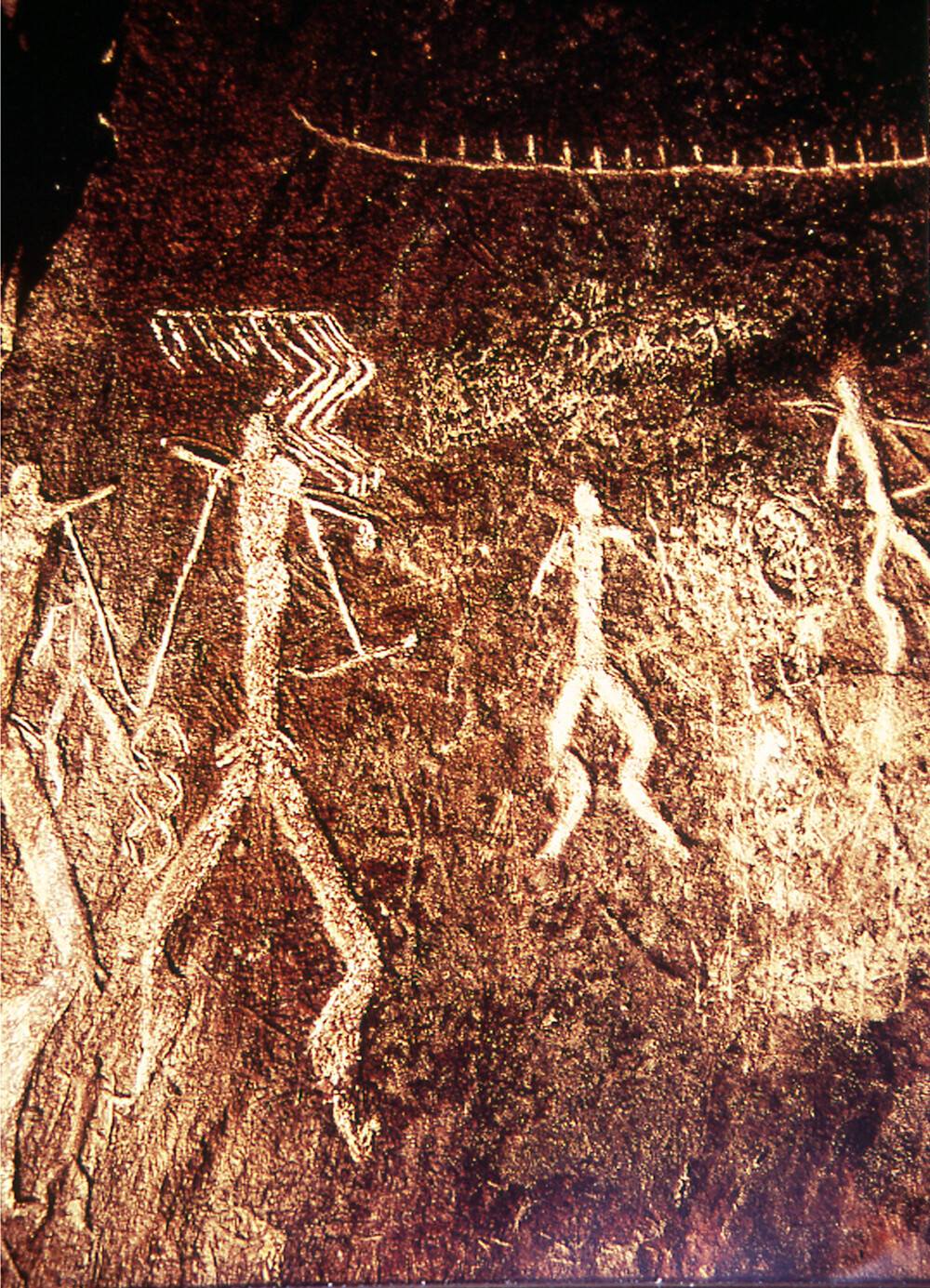
Historical Background of Gobustan Rock Art Cultural Landscape
The Gobustan Rock Art Cultural Landscape was discovered accidentally in the 1930s. A group of quarry workers stumbled upon the petroglyphs. Subsequent research revealed that the creators of these artworks were talented hunters and gatherers. They inhabited the area during the Upper Paleolithic period. The site has since become a focal point for archaeological studies.
The petroglyphs were carved by prehistoric humans. They depict a wide range of subjects. These include human figures, animals, battle scenes, and symbolic motifs. The creators of these artworks remain unknown. However, they were likely the ancestors of modern-day Azerbaijanis.
Over the centuries, Gobustan has seen various groups pass through its lands. These groups left their own marks on the landscape. The area was not the scene of any major historical events. Yet, it has been a silent witness to the ebb and flow of civilizations in the region.
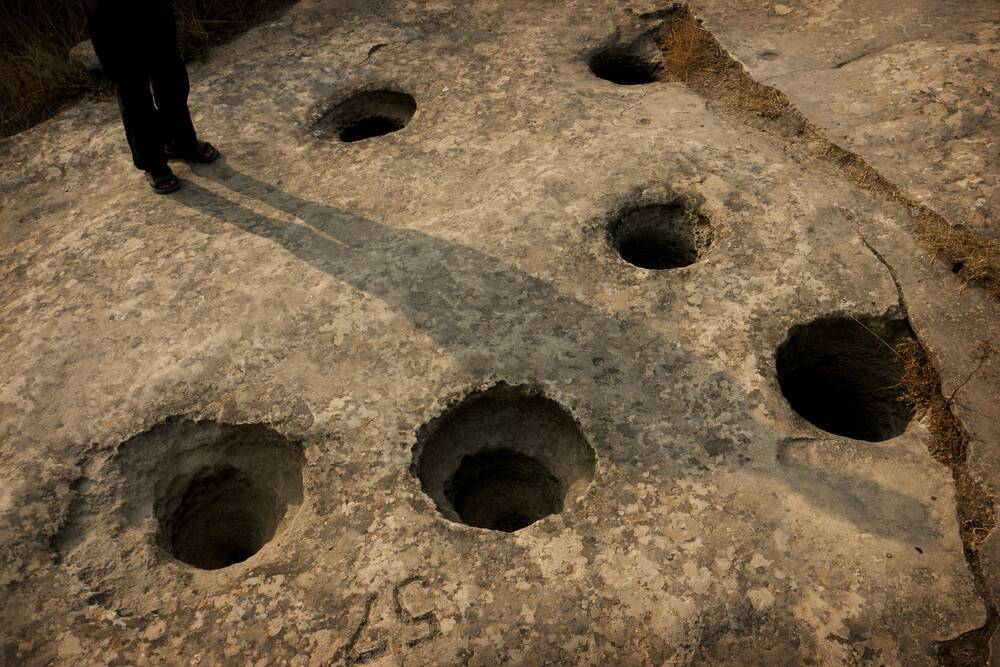
The significance of Gobustan extends beyond its petroglyphs. The site also contains remains of inhabited caves, settlements, and burials. These all provide valuable information about human life in prehistoric times. The rock art serves as a testament to the creativity and adaptability of these ancient peoples.
Gobustan’s discovery has led to greater understanding of the region’s history. It has also sparked interest in Azerbaijan’s cultural heritage. The site continues to be a subject of research and conservation efforts. This ensures its preservation for future generations.
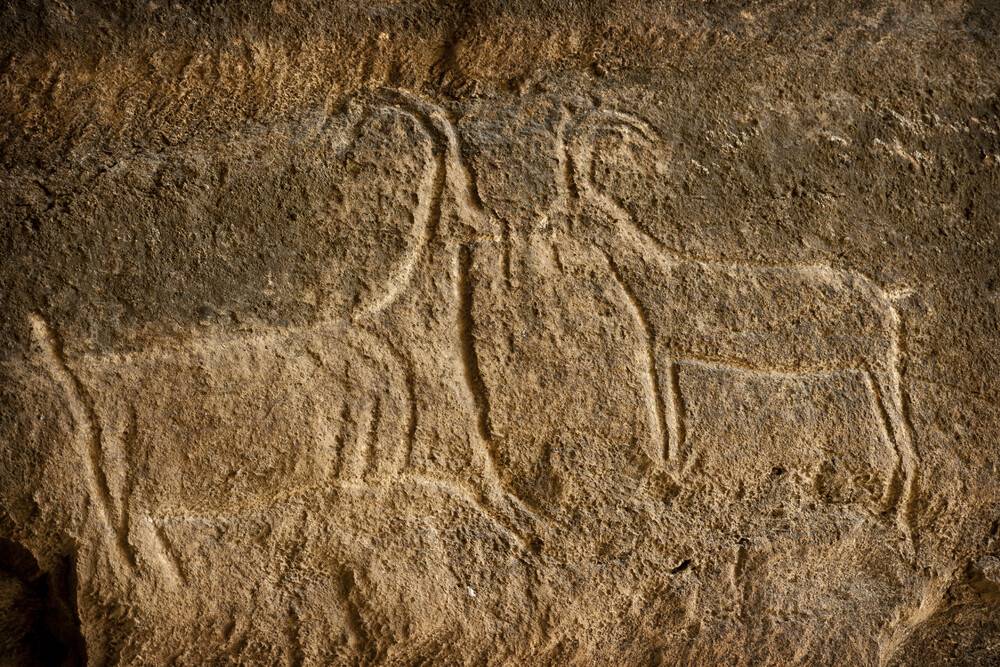
About Gobustan Rock Art Cultural Landscape
The Gobustan Rock Art Cultural Landscape is a complex of rocky boulders and outcrops. It is located in the semi-desert region of central Azerbaijan. The petroglyphs are carved into the rock surfaces. They have withstood the test of time due to the area’s dry climate.
The methods of construction of these petroglyphs involved pecking, carving, and scratching the rock surface. The artists used stone tools to create these images. The materials used were the natural rocks found in the area. These included limestone and basalt, which provided a suitable canvas for the carvings.
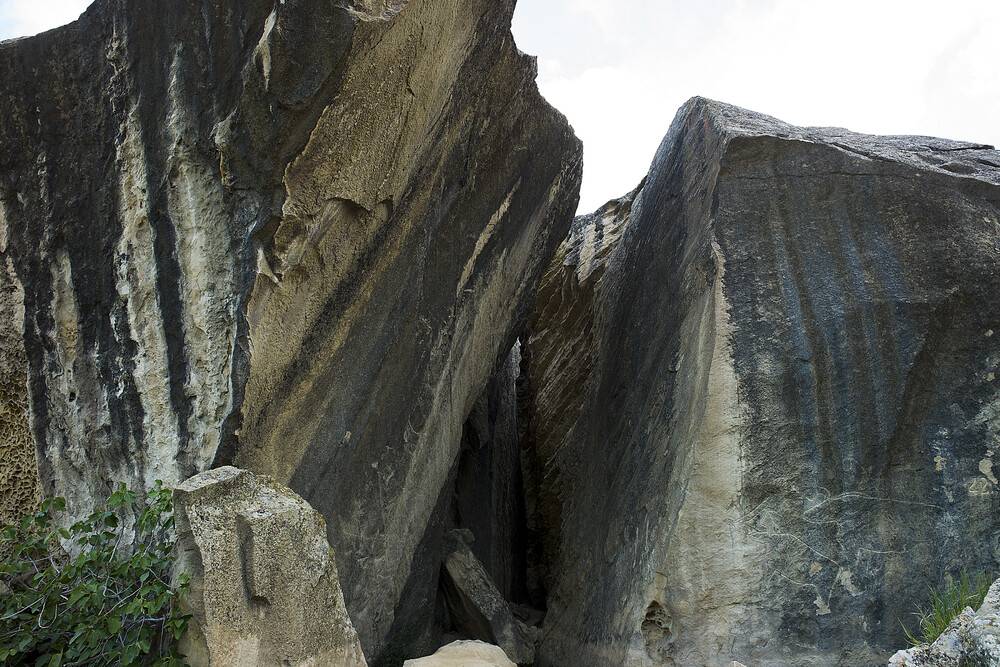
The site’s architectural highlights are not man-made structures. Instead, they are the natural formations and the art they bear. The carvings are found at different heights on the rocks. This suggests that the area’s topography has changed over time. Some petroglyphs are now at considerable heights, indicating lower land levels in the past.
The landscape around the petroglyphs is also noteworthy. It includes mud volcanoes and gas-stones. These natural phenomena have added to the area’s mystique. They have also played a role in the beliefs and myths of the people who lived here.
The Gobustan Rock Art Cultural Landscape is not just a collection of ancient images. It is a historical archive. It provides insights into the environmental conditions, flora, and fauna of the time. The site is a bridge between the past and the present. It offers a unique perspective on the evolution of human expression and interaction with nature.
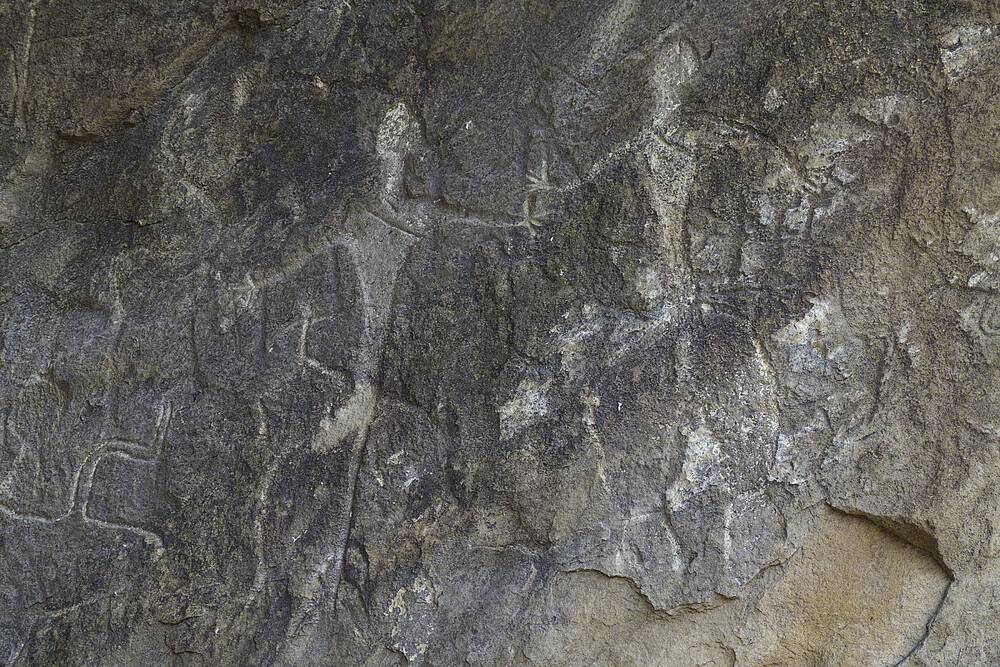
Theories and Interpretations
Several theories exist about the Gobustan Rock Art Cultural Landscape. The most prevalent is that the petroglyphs had a ritualistic or religious significance. They may have been part of fertility rites or shamanistic practices.
Some interpretations suggest that the carvings served as a form of prehistoric communication. They could have been used to mark territories or convey messages. The images of dancers and musicians indicate the importance of music and dance in their culture.
Mysteries still surround Gobustan. For instance, the meaning of certain symbols remains unclear. Researchers have matched some images to historical records. Yet, others are unique to the site and have no known parallels.
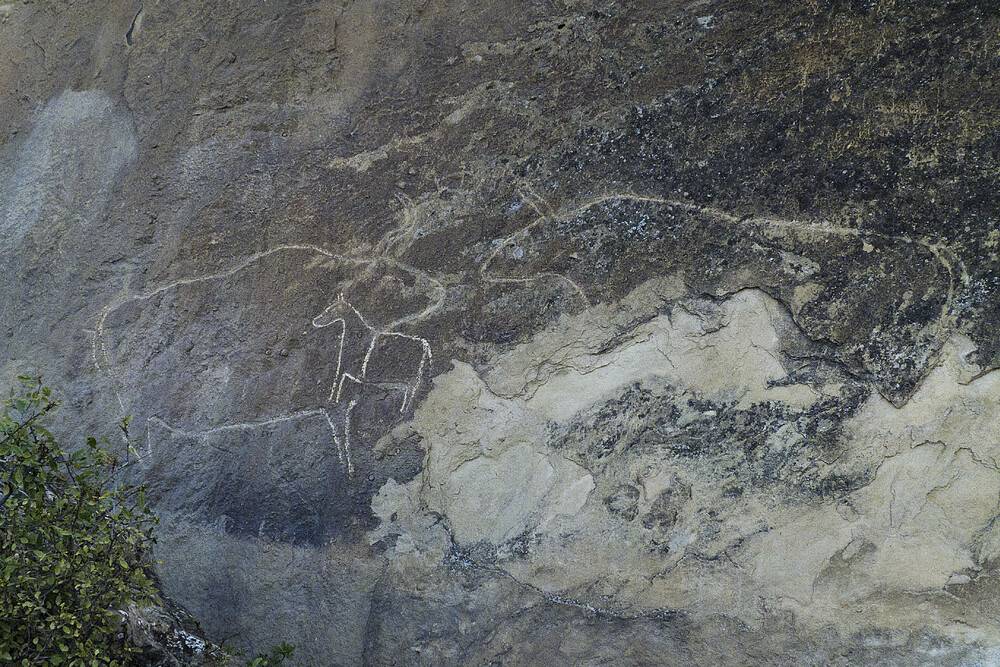
Dating of the petroglyphs has been carried out using various methods. These include examining the patina on the rocks and radiocarbon dating of organic material found nearby. The results have helped establish a timeline for the site’s occupation and use.
The interpretations of Gobustan’s rock art are ongoing. As new technologies and methodologies emerge, our understanding of the site continues to evolve. Each discovery adds a piece to the puzzle of our shared human history.
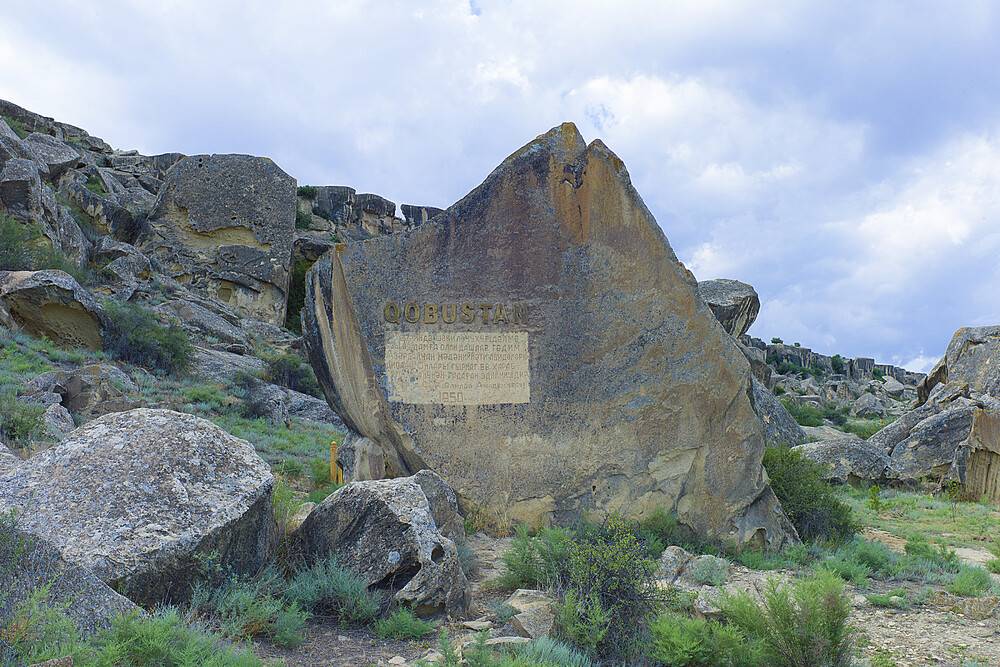
At a glance
Country: Azerbaijan
Civilization: Prehistoric hunters and gatherers, ancestors of modern-day Azerbaijanis
Age: Between 5,000 and 40,000 years ago

